|
with Kim Rodgers Chocolate ChemistryThis week in Chemistry the students met in groups to design an experiment which would answer the question: “Do some M&M colors dissolve in water faster than others?” We talked about the variables used in our experiment from the week before and how we can make the variables more explicit, but only change one aspect (the color of the M&M) in order to make this a fair experiment. All the groups came up with their own version of the experiment and carried them out. Some used stopwatches to make the time more accurate. Some chose to draw a picture of what the M&M looked like after soaking for a certain amount of time, while others decided to track the time it took for the ring of shell around the outer edge of the M&M to dissolve and reveal the chocolate underneath. All the groups ranked their results in terms of how quickly the shell dissolved. The group’s data didn’t always agree with each other. We talked about how we would need to replicate the experiments to find out if color was a factor in determining the time dissolving took to occur. Next week we’ll take a look at the question: “What would the colors look like if we placed two or more M&Ms in a plate of water?”, coming up with hypotheses and designing experiments to examine this aspect of M&Ms. Don't Blame Me…The Flea Did It!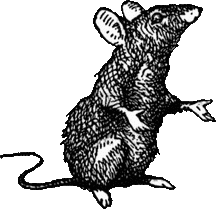 In the Middle Ages this week we learned about the Black Plague, also known as the bubonic plague, and how it changed many aspects of society at the time. People near the Black Sea began hearing rumors of sickness and death. Soon, the people in that area began getting sick and dying. They tied herbs and flowers into little sachets they could wear around their necks to protect themselves from the smell. They believed that the Italian traders and merchants had brought the sickness, so they drove them out of their town and back to their ships, throwing the dead bodies of those who had died into catapults and hurling them over their walls. When they arrived home the people of Italy didn’t allow them to get off their ship. Most on board were near death or had died. Despite this, the sickness soon appeared on land and spread through Italy and into Europe. Today we know that the bubonic plague was spread by an infection carried by fleas that lived on rats. Because grain was with the travelers, the rats followed along, bringing the sickness with them. Everywhere there was food available the sickness spread. Even from the ships, the rats crawled down the ropes onto land. During the Middle Ages garbage and leftover food was left in the streets, which became a breeding ground for rats...and the plague. When the plague finally ended it was a very different world. One out of every three people had died. Whole villages had been wiped out! Noblemen who survived wanted their fields to be farmed, but they had a hard time finding any peasants who could do the work. Farm workers and craftsmen were in high demand and paid well for their work because of it. Because of that the noblemen grew poorer and poorer and their estates became smaller and smaller. Peasant survivors worked the land of unclaimed houses and took over the houses and possessions, allowing them to become richer and richer. The feudal system began to fall apart. Playing with the Plague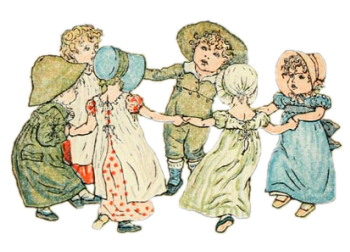 We also learned that the nursery rhyme, "Ring-Around-the-Rosy," probably originated during the time of the black plague. For our activity we did a Black Plague Simulation. Bags were laid out around the room based on a map of the area. Each bag had a name of a city that had been affected by the plague. Inside the bag were mostly white beans, with a very small number of pinto beans (to represent cholera, which was a problem from the water) and red beans (to represent the plague). Students were sent on a journey with a travel journal and directions. At each stop they rolled a die to determine the amount of nights they were lodging in that town. They were to pick out that same number of beans from the bag without looking. If they picked all white beans they were safe and could continue traveling along. If they picked a colored bean they had special instructions. At the next town they rolled their die. If they rolled a 1, 2, or 3 they had to add one colored bean to the bag. If they rolled a 4, 5, or 6 they added two. This served the purpose of representing how sickness spread. At the next town they wrote an “X” on the bag to show that someone died there. If they came to me before writing the “X” and could roll two “1”s in a row then they could survive. This was to show that there were a very few who contracted the plague and lived. We may continue the simulation in class if there is time. The sickness was just beginning to spread at the end of class time. Three out of the ten students participating had experienced an untimely death. One thing that students mentioned when we talked about the experience at the end was the fact that they felt bad they had infected others. We talked about how illness often spreads before anyone realizes they are sick, which was deadly in this case during the Middle Ages. Shirts and Last Day Announcement The students should have brought home the shirts we had completed. I admit... this activity didn’t come off as I had hoped. Ha! Here is the site for directions on how to wash it. I also realized after buying the shirts, that they were much smaller than I thought they would be. Sorry about that! I hope they can give them to a smaller friend or sibling if they wash out alright. Let me know how it goes! Next Monday is our last class before the final class of the year (Memorial Day separates these two dates). On June 1st, the last day of class, the middle school students will be performing “Good Masters, Sweet Ladies,” which is a group of monologues representing people from the Middle Ages and the different roles they played during the time period. I think it would be a valuable experience to have our class attend the performances. That same day the middle school class will be giving presentations on genetic mutations. I’m thinking I’ll do one more Chemistry class instead of going to these presentations, but if you think it would be valuable to go to them please let me know as I’m up for either one. See you Monday! Comments are closed.
|
Categories
All
Archives
May 2016
|

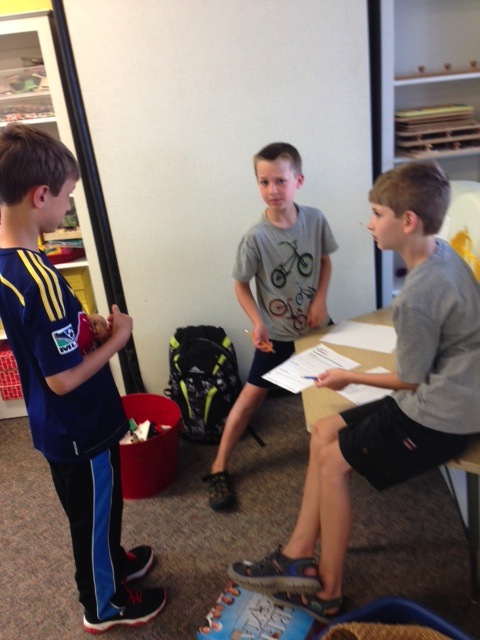
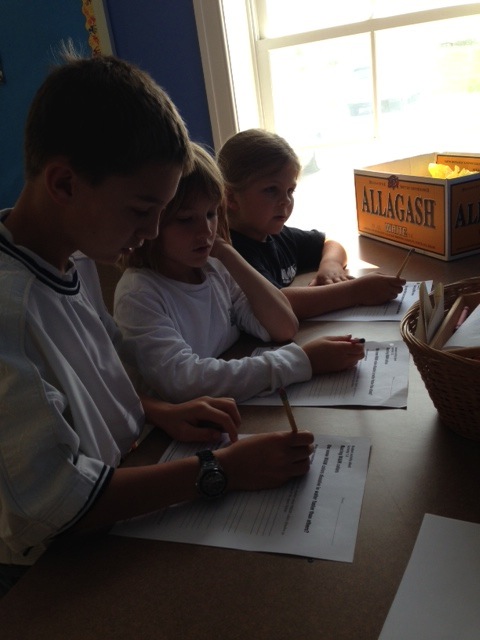
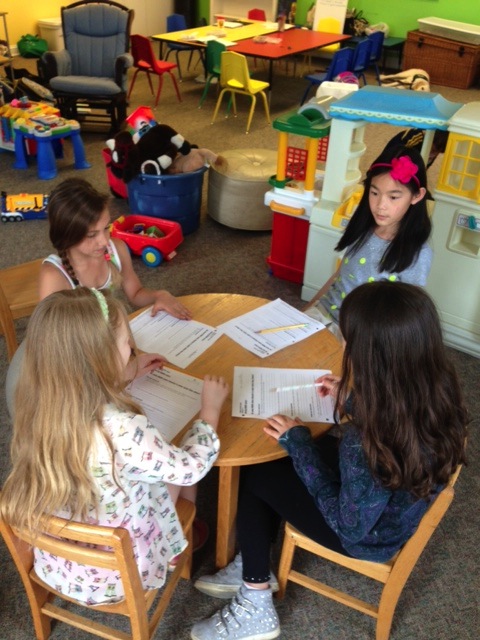
 RSS Feed
RSS Feed